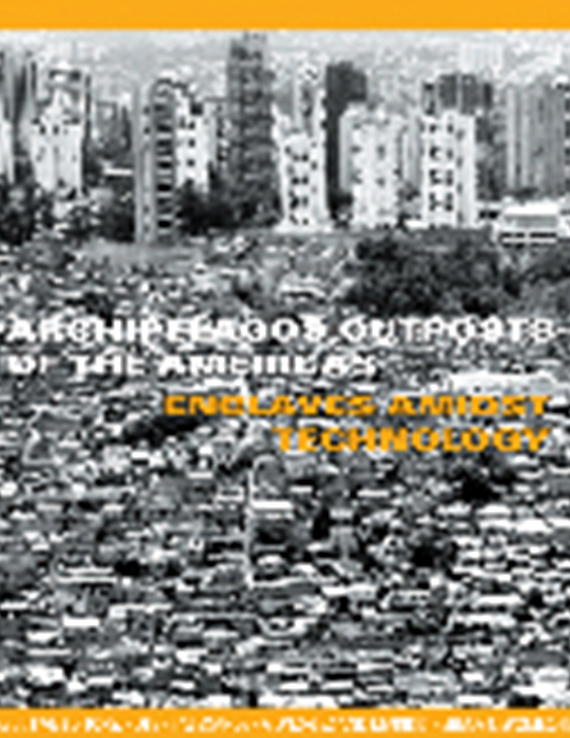Author(s): Ping Xu
The mandala is the Buddhist cosmic model, showing the universe as centered around the Buddha’s dwelling place. Emphasizing the integrative relationship between architecture and landscape, and based on field investigations of Tibetan templesthroughout China, this paper discusses how the mandala model was utilized to shape the structure of spatial organizations in Tibetan architecture and landscape at various scales. Unifying the structure of spatial organizations, the mandala model serves to interweave Tibetan Buddhist landscapes with architecture, nature, religious meanings and man’s movements.As in the mandala, the Buddha tower within nesting spaces, is built at the center and the highest point of the hierarchal space of the temple. Set on the rim of the temple, monasteries, taking the shape of a vernacular courtyard, form a transition between temple architecture and landscape. Stone landmarks and stupas expand into the landscape and blur the boundary between man-made and natural landscape. Emphasizing a horizontal and spatial analysis, landscape settings define a large-scaled mandala space framed by mountain and water. Circumambulation is taken account in the religious function of architecture and landscape.Architectural design and symbolism instill religious attributes in the landscape, and in turn, the landscape, serving as a matrix, imbues the architecture with the meanings of time and space. Insight into this integrative relationship between Tibetan architecture and the cultural landscape would serve to protect the unique and sacred realm of Tibet, and enhance our understanding of the un-separated nature of architecture and landscape in general.
Volume Editors
Marilys R. Nepomechie & Robert Gonzalez
ISBN
0-935502-54-8

 Study Architecture
Study Architecture  ProPEL
ProPEL 
